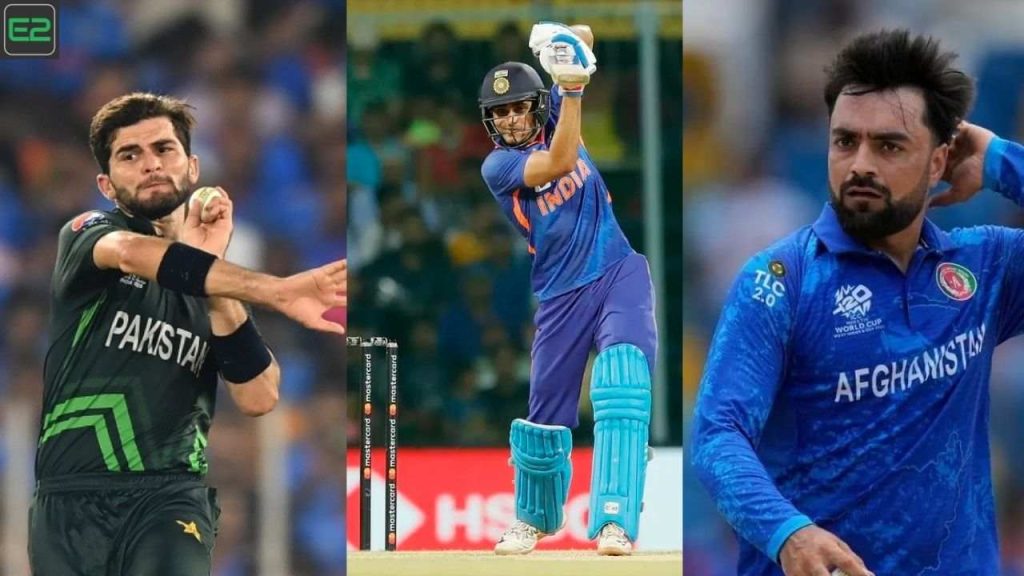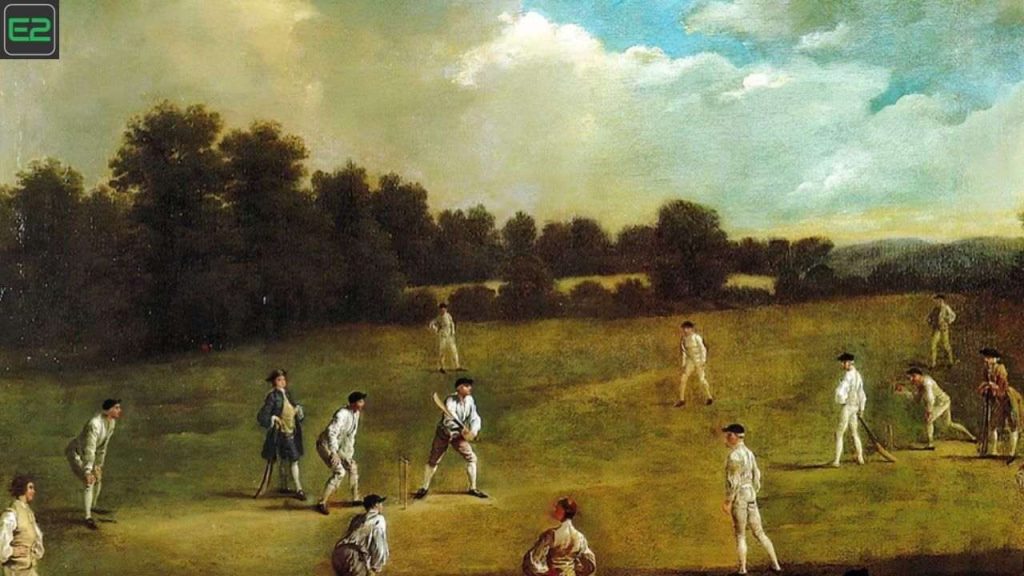First: The story of Indian cricket is one of passion, evolution, and resilience. Cricket’s rise in India can be traced back to a single historic moment: India’s first-ever cricket match. This encounter marked the inception of a sporting journey that has since grown into a national phenomenon. In this article, we explore the details of India’s first cricket match, its context, the outcome, and its lasting legacy.
Historical Context
India’s first documented cricket match occurred on January 15, 1877, at the Bombay Gymkhana. At the time, cricket was a sport introduced and dominated by British colonialists. The Parsee community, enamored with the game, took the lead in popularizing cricket among Indians. This match featured an Indian team comprised of Parsee cricketers against an English XI consisting of amateur British players stationed in India.

While this game was not a Test match, it holds immense historical significance as it represented the first instance of organized cricket competition involving an Indian team.
Match Details
The match was a friendly yet competitive encounter between the Parsee team and the English XI. The English side, with more experience and familiarity with the game, emerged victorious. However, the spirited performance of the Indian players was noteworthy and showcased their potential.
Match Summary:
| Date | Venue | Result | Winning Margin |
|---|---|---|---|
| January 15, 1877 | Bombay Gymkhana | England XI won | 85 runs |
First Innings Highlights
The English XI batted first, amassing a respectable total of 160 runs. The innings was anchored by William Harrison, who scored a fluent 54. The Indian bowlers, though inexperienced, bowled with determination. P.D. Patel emerged as the standout bowler, taking three wickets.
| England XI Batting | Runs Scored | Balls Faced | Fours | Sixes |
|---|---|---|---|---|
| William Harrison | 54 | 120 | 8 | 0 |
| Edward Gibbons | 40 | 95 | 5 | 0 |
| Indian Bowling | Overs | Maidens | Runs | Wickets |
|---|---|---|---|---|
| P.D. Patel | 12 | 2 | 40 | 3 |
| M.M. Jhaveri | 10 | 3 | 32 | 2 |
Indian Response

When it was their turn to bat, the Indian team struggled against the disciplined bowling attack of the English XI. Sorabji Colah and K.R. Godbole were the only players to offer some resistance, with scores of 38 and 24, respectively. The team was bundled out for 75 runs in their first innings.
| Indian Batting | Runs Scored | Balls Faced | Fours | Sixes |
|---|---|---|---|---|
| Sorabji Colah | 38 | 75 | 6 | 0 |
| K.R. Godbole | 24 | 68 | 4 | 0 |
In the second innings, the Indian team fared no better. Chasing a target of 160 runs, they managed only 50 runs. The English bowlers maintained their dominance, ensuring a comfortable victory for their side.
Key Performances
Despite the loss, individual performances by Indian players left a mark. Sorabji Colah’s batting and P.D. Patel’s disciplined bowling provided glimpses of talent and potential.
Standout Players:
| Player | Role | Key Contributions |
|---|---|---|
| Sorabji Colah | Batsman | Scored 38 runs in the first innings |
| P.D. Patel | Bowler | Took 3 wickets in the first innings |
| M.M. Jhaveri | Bowler | Took 2 wickets in the first innings |
Second Innings Drama

The English XI’s second innings was steady, as they posted a modest total of 75 runs, giving themselves a lead of 160 runs. The Indian bowlers showed improvement, with M.M. Jhaveri delivering a tight spell. However, the target proved too challenging for the Indian side, who were bowled out for a meager 50 runs in their second innings.
| England XI Second Innings Batting | Runs Scored | Balls Faced | Fours | Sixes |
|---|---|---|---|---|
| Edward Gibbons | 30 | 70 | 4 | 0 |
| William Harrison | 20 | 50 | 2 | 0 |
| Indian Bowling | Overs | Maidens | Runs | Wickets |
|---|---|---|---|---|
| M.M. Jhaveri | 10 | 3 | 25 | 3 |
| P.D. Patel | 12 | 1 | 35 | 2 |
Legacy and Significance
The 1877 match at Bombay Gymkhana marked the dawn of organized cricket in India. Though the Indians lost, the match demonstrated their enthusiasm and skill, paving the way for cricket to become a significant part of Indian culture. Over time, cricket evolved from an elitist pastime to a sport embraced by all sections of society.
Notable Developments Following the Match:

| Milestone Year | Key Development |
|---|---|
| 1886 | Parsee team’s tour to England |
| 1934 | Introduction of the Ranji Trophy |
| 1932 | India’s debut Test match against England |
Reflections from Experts
Cricket historians and former players have often reflected on the importance of this first match. Many view it as a moment that ignited India’s cricketing journey and set the stage for its eventual rise as a cricketing superpower.
| Expert/Player | Reflection |
|---|---|
| Sunil Gavaskar | “This match laid the foundation for Indian cricket’s future.” |
| Rahul Dravid | “It’s inspiring to think how Indian cricket began and where it stands today.” |
Conclusion
India’s first cricket match in 1877 was more than just a game; it was a symbolic beginning of a nation’s love affair with cricket. Despite the challenges faced by the Indian team, their resilience and determination resonated with cricket enthusiasts across the country. This match set the stage for the development of cricket in India, inspiring generations of players and fans alike.

Today, as Indian cricket enjoys unprecedented success on the global stage, it is essential to remember and honor the pioneers who played in that inaugural match. Their contributions laid the foundation for a legacy that continues to inspire millions.













